
-
Find the right food for your petTake this quiz to see which food may be the best for your furry friend.Find the right food for your petTake this quiz to see which food may be the best for your furry friend.Featured products
 Puppy Large Breed Chicken & Brown Rice Recipe
Puppy Large Breed Chicken & Brown Rice RecipeVital nutrients to support 5 essential building blocks for lifelong health
Shop Now Puppy Sensitive Stomach & Skin Salmon & Brown Rice Recipe
Puppy Sensitive Stomach & Skin Salmon & Brown Rice RecipeDelicious, highly digestible recipe, gentle on stomachs. Nourishes skin & promotes a lustrous coat
Shop Now Adult Chicken & Barley Recipe Dog Food
Adult Chicken & Barley Recipe Dog FoodSupports lean muscle and beautiful coat for adult dogs
Shop NowFeatured products Adult Urinary Hairball Control Chicken & Rice Recipe Cat Food
Adult Urinary Hairball Control Chicken & Rice Recipe Cat FoodActively supports the health of the whole urinary system
Shop Now Adult 7+ Chicken Recipe Cat Food
Adult 7+ Chicken Recipe Cat FoodSupports energy level and beautiful fur in mature cats
Shop Now Kitten Chicken Recipe
Kitten Chicken RecipeVital nutrients to support 5 essential building blocks for lifelong health
Shop Now -
Dog
- Dog Tips & Articles
-
Health Category
- Weight
- Food & Environmental Sensitivities
- Urinary
- Digestive
- Joint
- Kidney
-
Life Stage
- Puppy Nutrition
- Adult Nutrition
- Senior Nutrition
Cat- Cat Tips & Articles
-
Health Category
- Weight
- Skin & Food Sensitivities
- Urinary
- Digestive
- Kidney
-
Life Stage
- Kitten Nutrition
- Adult Nutrition
Featured articles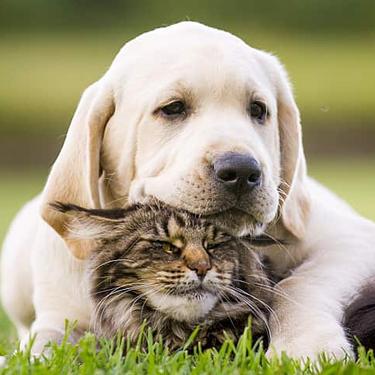 The Incredible Science Behind Your Pet's Microbiome
The Incredible Science Behind Your Pet's MicrobiomeLearn what a pet's microbiome is, how it contributes to your pet's gut & overall health, and why nutrition is important in maintaining healthy microbiomes.
Read More Pet Food Storage Tips
Pet Food Storage TipsDiscover how and where to store your dry, as well as canned, dog and cat food. Learn how to find the "best before" dates on all Hill's pet food packaging.
Read More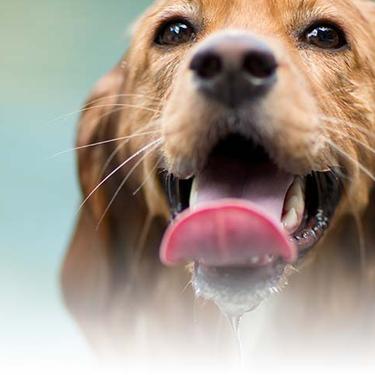 Water
WaterDiscover why water is the most important nutrient for your dog or cat to live a healthy life. Find out how much water your pet should consume each day.
Read More -


Does your furry friend exhibit behaviors or characteristics that make you wonder, "What breed is my cat? Why does she have odd-colored eyes? Who will help me figure out how to determine my cat's breed?"
If your cat was not accompanied by official certification papers upon her adoption, she's probably not purebred. She is most likely a combination of a few breeds, although she may display dominant qualities of one over another.
Luckily, there are a few options for finding out to which breed your kitty cat belongs. However, filling out her family tree might be tricky, considering there are approximately 600 million domesticated cats roaming the earth.
What Breed Is My Cat?
One fun way to determine your cat's breed is to study her physical features and behavioral patterns. This option offers you quality time with your feline friend. For example, the Maine coon is a very popular cat, and familiarizing yourself with her temperament and physical features may lead you to discover commonalities with your own furry baby.
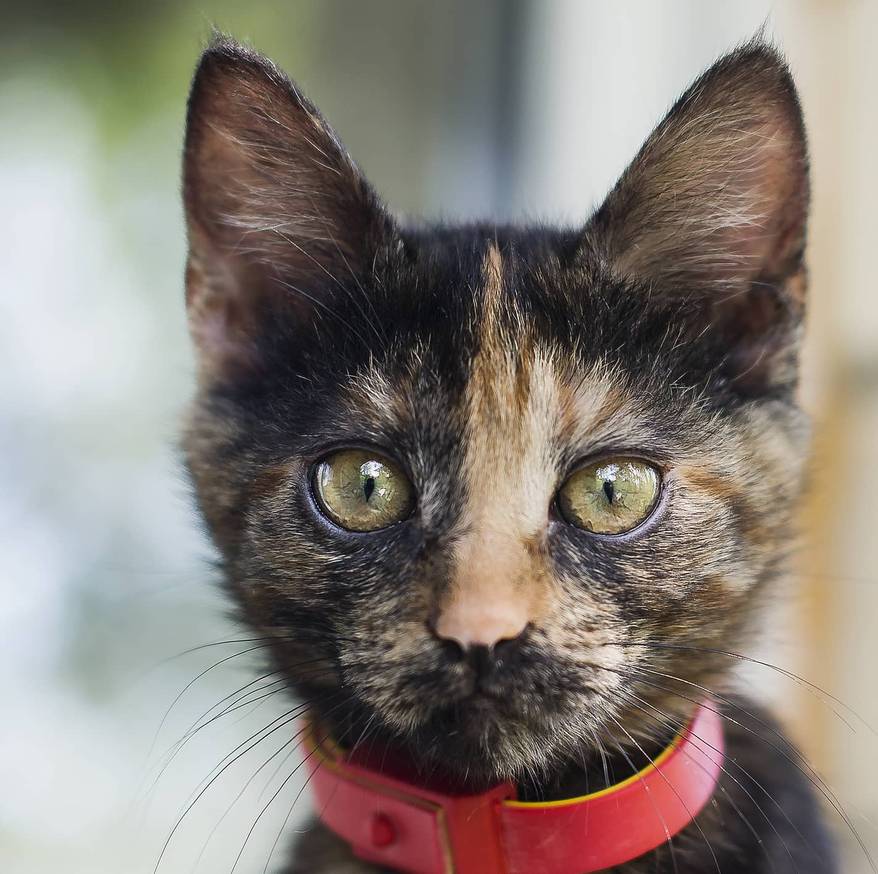
Here are some cat qualities to consider on your breed identification journey:
Size and Shape
Official clubs, such as The Cat Fanciers' Association (CFA) and The International Cat Association (TICA), set standards for pedigreed cats. Their experts look at many aspects of a cat's body, including size; proportion; head; ears; eyes; forehead; nose; muzzle; jaw; chin; neck; body; legs; paws; and tail. All this can be overwhelming, but a cat's height and weight are good starting points. If your kitty is long and large, she may be part Norwegian forest cat. Muscular and athletic but not fluffy? She could be part bengal, a sleek cat that resembles her big cat cousin. Or maybe she's a small cat, like the Burmese.
Head and Eyes
Another good physical indicator is her head. Asian breeds, like the Siamese, have a triangular head and ears, says TICA. Some breeds, including the British Shorthair, have round heads that match their sturdy bodies. The Siamese also has a very distinctive eye-shape (triangular), another key feature of a cat's breed. The color of a cat's eyes says a lot about her ancestry, especially if she has odd-colored eyes (one blue and one gold, for example) — a common feature of the Turkish Van.
Coat and Personality
Coats come in a variety of patterns — tortoise, tabby, and calico, to name a few — and a multitude of colors. Certain combinations are unique to certain breeds, but as the CFA explains, typically only your kitty's immediate parents determine her breed: "The color/patterns found in the pedigree of a kitten will NOT always directly affect the color/pattern of the kitten. One notable exception is the colorpoint gene, which can carry through a number of generations." A black cat doesn't necessarily mean your kitty's a Burmese.
Although it's true for many other animals, a cat's coat doesn't determine your kitty's temperament; however, her fur can provide some strong clues about her breed. As Chewy writes about the popular tabby, "They act as if they know their genetic label is 'wild type,' so named because their camouflage color is similar to that of their wild ancestors." Similarly, a dark gray cat may exhibit the personality traits, such as excessive talking, of a Russian Blue.


Tasty Tips
Genetics
There are numerous genetic tests that can be performed on cats, some of which you can purchase over-the-counter and others that are performed by a lab. According to the Veterinary Genetics Laboratory at the University of California Davis, not all tests will determine breed. Some are strictly for disease or other physical maladies.
Why Breed Matters
In addition to the fun of knowing your kitty's pedigree, an important reason for answering the question "What breed is my cat?" is that you can identify potential health problems that are common to a specific breed.
Research shows that the beautiful Abyssinian, for example, is more likely than other breeds to experience gingivitis and hip dysplasia, explains Trupanion. This doesn't mean your kitty will experience these problems, but if the potential exists, you can put preventative measures into place, like brushing your cat's teeth.
The next time someone asks what breed your cat is, perhaps you may be able to tell them, "She's a Siamese-calico ragdoll, and she's perfect." But no matter what breed your cat is, whether you find out or not, know that she is part of your family, and that is a lineage that you can certainly trace.


Christine O'Brien is a writer, mom, and long-time cat parent whose two Russian Blues rule the house. Her work also appears in Care.com, What to Expect, and Fit Pregnancy, where she writes about pets, pregnancy, and family life. Find and follow her on Instagram and Twitter @brovelliobrien.
Related products

Actively supports the health of the whole urinary system

Supports lean muscle and beautiful fur for adult cats

Vital nutrients to support 5 essential building blocks for lifelong health

Supports energy level and beautiful fur in mature cats
Related articles
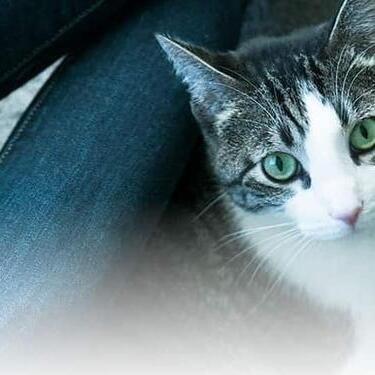
Brushing your cat's teeth is just as important as brushing your own. Learn signs or oral health problems in your cat and how to avoid them.
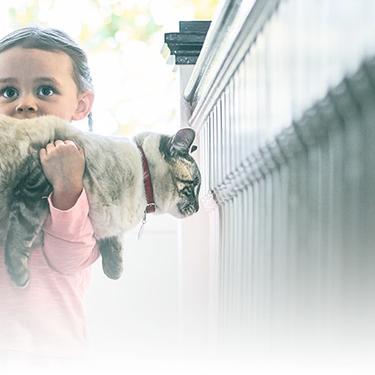
Discover how to identify cat sensitive skin and what you can do to help your cat thrive from head to paw.
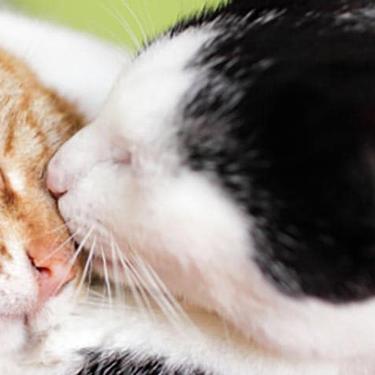
Learn the different factors that might be contributing to your cat's weight gain, and how bigger doesn't always mean better.
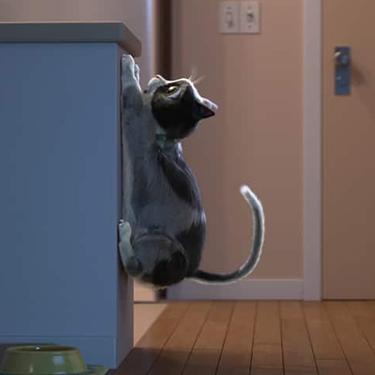
What is the best food for an overweight cat? Learn all about weight control food for cats, including what's in it and how it works.
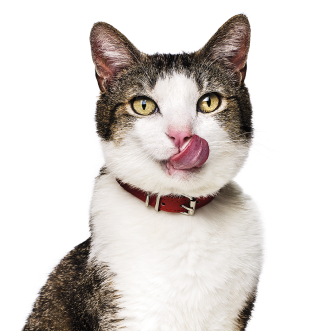
Put your cat on a diet without them knowing
Our low calorie formula helps you control your cat's weight. It's packed with high-quality protein for building lean muscles, and made with purposeful ingredients for a flavorful, nutritious meal. Clinically proven antioxidants, Vitamin C+E, help promote a healthy immune system.
Put your cat on a diet without them knowing
Our low calorie formula helps you control your cat's weight. It's packed with high-quality protein for building lean muscles, and made with purposeful ingredients for a flavorful, nutritious meal. Clinically proven antioxidants, Vitamin C+E, help promote a healthy immune system.

